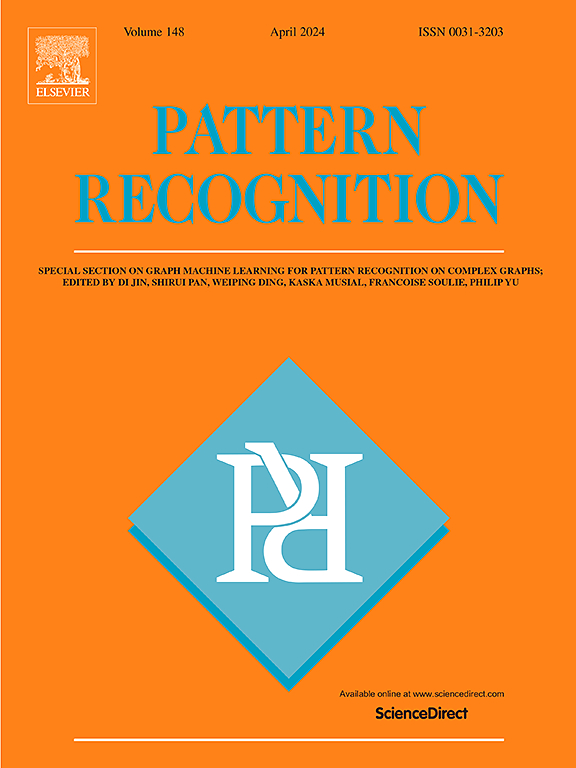WtNGAN:从白光图像到窄带图像的不配对图像转换
IF 7.5
1区 计算机科学
Q1 COMPUTER SCIENCE, ARTIFICIAL INTELLIGENCE
引用次数: 0
摘要
胃癌是危害最大的癌症之一,严重威胁着人类的健康。目前,胃镜检查仍是诊断胃癌的首选方法。在胃镜检查中,白光和窄带光图像是提供基于深度学习的多模态辅助诊断的两种必要模式。然而,目前还没有白光图像(WLIs)和窄带图像(NBIs)的配对数据集,这阻碍了这些方法的发展。为了解决这个问题,我们提出了一个非配对图像到图像的翻译网络,用于将WLI翻译成NBI。具体来说,我们首先设计了一个基于视觉曼巴的生成对抗网络。生成器通过建立远程依赖关系和生成与真实图像相似的图像来增强详细表示能力。然后,我们提出了结构一致性约束,以保持生成图像的原始组织结构。我们还利用对比学习(CL)来最大化源域和目标域之间的信息交互。我们在私人胃镜数据集上进行了广泛的实验,以在wi和nbi之间进行翻译。为了验证所提出方法的有效性,我们还在BraTS 2021数据集上进行了T1和T2磁共振图像(mri)之间的转换。实验结果表明,该方法优于现有方法。本文章由计算机程序翻译,如有差异,请以英文原文为准。
WtNGAN: Unpaired image translation from white light images to narrow-band images
As one of the most dangerous cancers, gastric cancer poses a serious threat to human health. Currently, gastroscopy remains the preferred method for gastric cancer diagnosis. In gastroscopy, white light and narrow-band light image are two necessary modalities providing deep learning-based multimodal-assisted diagnosis possibilities. However, there is no paired dataset of white-light images (WLIs) and narrow-band images (NBIs), which hinders the development of these methods. To address this problem, we propose an unpaired image-to-image translation network for translating WLI to NBI. Specifically, we first design a generative adversarial network based on Vision Mamba. The generator enhances the detailed representation capability by establishing long-range dependencies and generating images similar to authentic images. Then, we propose a structural consistency constraint to preserve the original tissue structure of the generated images. We also utilize contrastive learning (CL) to maximize the information interaction between the source and target domains. We conduct extensive experiments on a private gastroscopy dataset for translation between WLIs and NBIs. To verify the effectiveness of the proposed method, we also perform the translation between T1 and T2 magnetic resonance images (MRIs) on the BraTS 2021 dataset. The experimental results demonstrate that the proposed method outperforms state-of-the-art methods.
求助全文
通过发布文献求助,成功后即可免费获取论文全文。
去求助
来源期刊

Pattern Recognition
工程技术-工程:电子与电气
CiteScore
14.40
自引率
16.20%
发文量
683
审稿时长
5.6 months
期刊介绍:
The field of Pattern Recognition is both mature and rapidly evolving, playing a crucial role in various related fields such as computer vision, image processing, text analysis, and neural networks. It closely intersects with machine learning and is being applied in emerging areas like biometrics, bioinformatics, multimedia data analysis, and data science. The journal Pattern Recognition, established half a century ago during the early days of computer science, has since grown significantly in scope and influence.
 求助内容:
求助内容: 应助结果提醒方式:
应助结果提醒方式:


